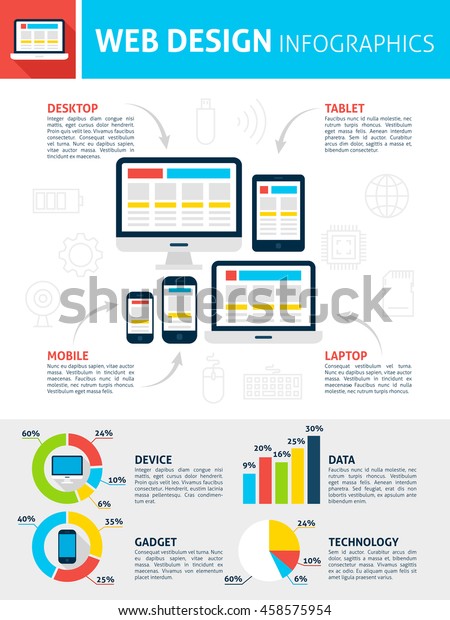Web Site Design: A Trip Through Time.From Humble Beginnings To Modern Wonders, Web Site Design Has Undertaken A Substantial Transformation For Many Years
Web Site Design: A Trip Through Time.From Humble Beginnings To Modern Wonders, Web Site Design Has Undertaken A Substantial Transformation For Many Years
Blog Article
Web Content Writer-Carstens Dodson
In the past, internet sites were simple and focused on information. Navigation was direct, and design was for desktop computers. Now, individual experience is vital. Data overviews layouts for very easy navigation. Receptive designs match different tools. Today, dark mode lowers pressure, and minimal menus enhance navigating. Interactive attributes engage customers, and bold visuals stand out. AI integration boosts engagement. See how design has actually evolved to improve your online journey.
Very Early Days of Website Design
In the very early days of web design, simpleness reigned supreme. Websites were fundamental, with restricted colors, typefaces, and formats. The emphasis was on offering info instead of showy visuals. organic seo optimization accessed the web via slow dial-up links, so speed and performance were essential.
Navigating menus were straightforward, commonly located on top or side of the web page. Web sites were made for desktop computers, as mobile surfing had not been yet widespread. Web content was king, and developers focused on easy readability over complex layout components.
HTML was the main coding language made use of, and developers needed to work within its restrictions. Computer animations and interactive features were very little contrasted to today's requirements. Websites were fixed, with little dynamic web content or customized user experiences.
Surge of User-Focused Style
With the advancement of site style, a shift towards user-focused style principles has actually come to be significantly famous. Today, developing web sites that focus on user experience is important for engaging visitors and achieving company goals. User-focused design includes understanding the requirements, preferences, and actions of your target market to customize the internet site's layout, content, and includes appropriately.
Developers currently perform thorough research, such as individual studies and use screening, to gather insights and responses straight from individuals. This data-driven strategy aids in developing user-friendly navigation, clear calls-to-action, and aesthetically attractive interfaces that resonate with site visitors. By positioning the customer at the center of the layout process, internet sites can deliver a more personalized and delightful experience.
Receptive layout has also become a vital element of user-focused design, making certain that internet sites are maximized for different tools and display sizes. This adaptability improves access and functionality, accommodating the diverse methods individuals connect with sites today. In essence, the surge of user-focused design indicates a change in the direction of creating electronic experiences that prioritize the demands and expectations of completion customer.
Modern Trends in Website Design
Explore the most up to date fads forming website design today. One famous trend is dark mode design, offering a streamlined and modern-day appearance while lowering eye strain in low-light settings. One more vital trend is minimalist navigation, streamlining food selections and improving customer experience by concentrating on essential elements. Incorporating web creative -interactions, such as animated buttons or scrolling results, can create a more engaging and interactive internet site. Responsive design continues to be crucial, making certain smooth customer experiences throughout various tools. Additionally, using website design near me and asymmetrical designs can add visual rate of interest and draw attention to details content.
Integrating AI innovation, like chatbots for consumer assistance or individualized referrals, boosts user interaction and improves processes. Accessibility has likewise come to be a significant fad, with designers prioritizing inclusive design techniques to cater to varied user requirements. Embracing sustainability by enhancing website efficiency for speed and performance is an additional arising pattern in web design. Teaming up with user comments and data analytics to repeat and improve layout continuously is important for remaining relevant in the ever-evolving digital landscape. By accepting these contemporary patterns, you can produce a visually appealing, user-friendly internet site that resonates with your target market.
Final thought
As you assess the advancement of internet site style from the very early days to now, you can see exactly how user-focused design has actually come to be the driving pressure behind contemporary trends.
Accept the trip of change and adaptation in website design, constantly maintaining the individual experience at the center.
Remain present with the most recent patterns and innovations, and never stop advancing your approach to develop aesthetically spectacular and straightforward web sites.
Advance, adapt, and develop - the future of web design remains in your hands.
